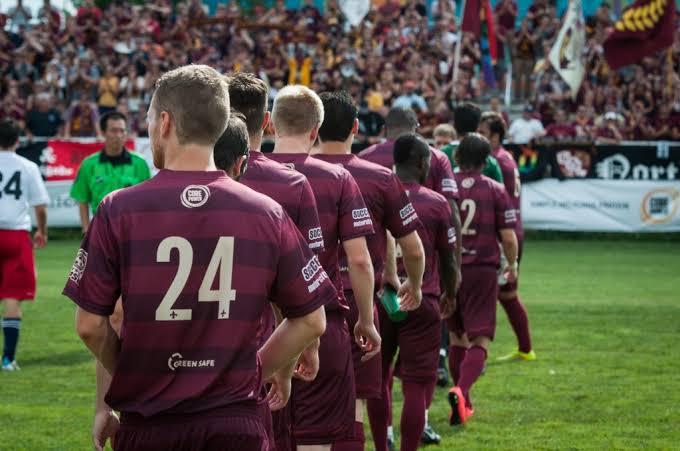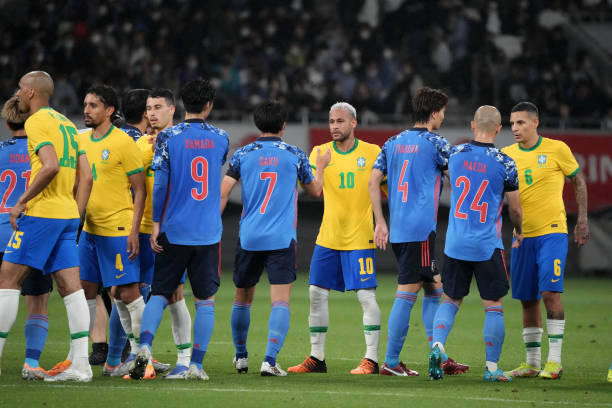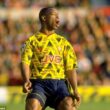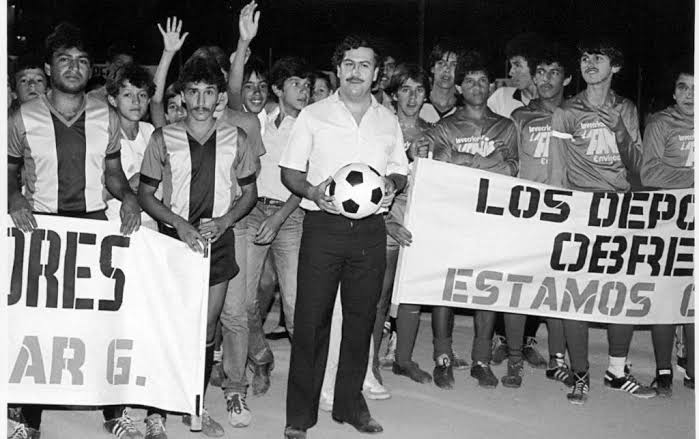Soccer is one of the oldest sports games. It has been played for over 2000 years. Players are trained to play very specific roles for their respective teams.
These players are required to master these roles and become specialists in executing their functions.
While some players are versatile and may be called upon to play a different position for their team when it is required, most teams require players to stick to their roles and continually refine their skills to perfection.
Overall, soccer positions are split into placements. These placements are split into 3;
- Defense
- Midfield and
- Attack.
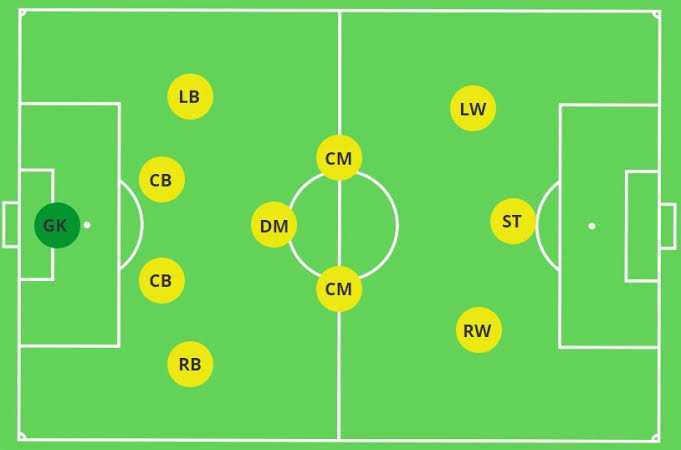
Placement positions are played by multiple players who play specific roles.
The game of soccer has continually evolved to produce new and different positions over time.
In the past, these positions used to have specific numbers assigned to them, although that is not really the case anymore in modern football.
We will consider these positions alongside the numbers traditionally assigned to them.
So, what are the positions in soccer? We will be considering the various positions in soccer based on their placements on the field.
Soccer Positions in Defense
In soccer, there are four common defensive positions.
The Goalkeeper
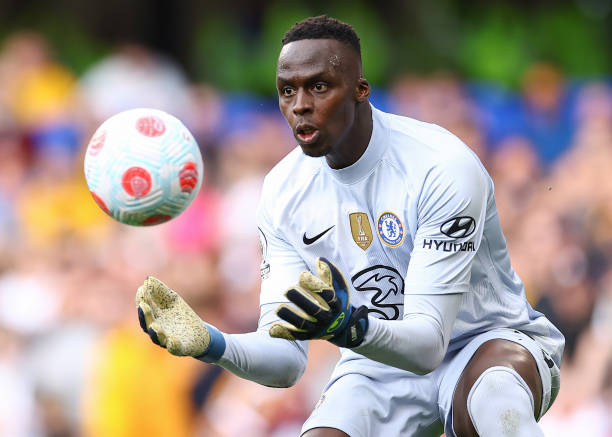
The goalkeeper is usually the last line of the defense who is tasked with keeping the ball from going over the goal line and preventing the opposition from scoring.
The goalkeeper is the only player allowed to use their arms and hands to stop the ball. The keeper is only permitted to use their hands when the ball is inside the eighteen-yard box. They are not permitted to use their hands when the ball is outside the eighteen-yard box or when the ball is passed to them.
Modern goalkeepers are good with the ball at their feet, they are known as ball-playing goalkeepers or sweeper keepers.
Traditionally the jersey number of the first-choice goalkeeper is 1.
You can read our list of the top 10 goalkeepers in the world.
The Center-Back
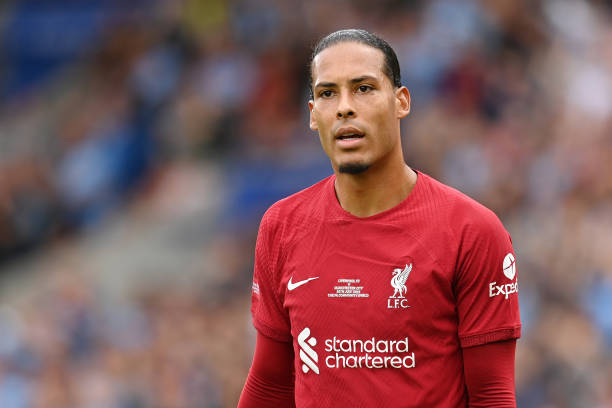
The center-back is typically called the central defender. The center-back plays the role of the stopper.
Their primary job is to ensure that the front of the goal is covered. The center-back has to prevent the center-forward and any other opposing player from getting into favorable positions to take a shot on goal.
Traditionally the jersey numbers attached to the center back positions are 5 and 6.
The Full-Backs
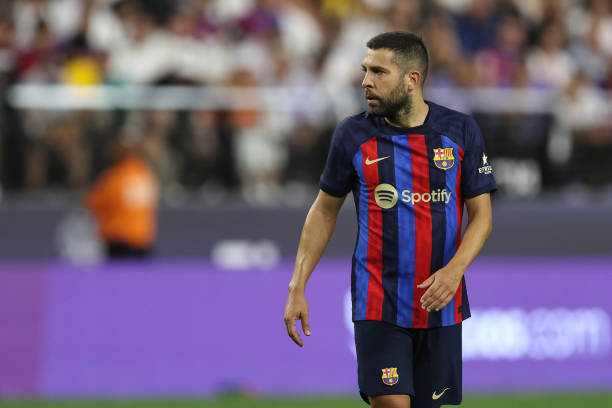
The full-back position in soccer is a position for defenders at the outer edges of the pitch. They are on the right and left sides of the center-backs.
The one on the right is known as the right full-back or right-back. While the one of the left is known as the left full-back or left-backs.
These players make up the other part of the defense and are tasked with defending the right and left flanks of their own half.
In modern football, many right and left-back players often play very active roles in the attack, driving the ball forward and making crosses for attackers.
In some soccer formations like 3-4-3 or 3-5-2, fullbacks are asked to play an advanced position known as wing-backs. They focus more in supporting the attack, running forward on offense, and then sprinting back on defense to support the center backs.
Traditionally the jersey numbers attached to the roles of the right and left full-backs are 2 and 3, respectively.
You can read our list of the best full-backs in the world right now.
The Sweeper
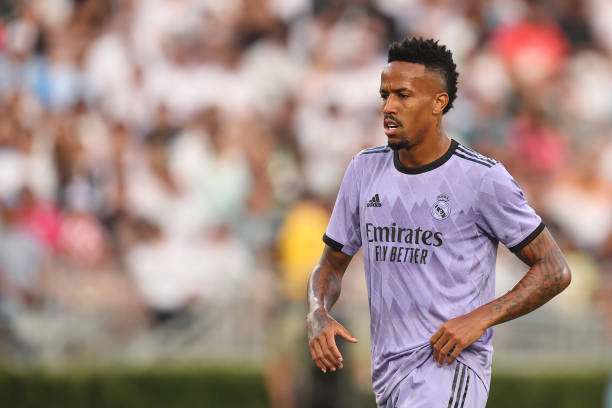
The role of the sweeper is not a very common position played in the modern era. It is a role often played by the center back. They are required to clear balls in their half and cover the spaces left by their teammates. Another little-known soccer position in defense is the stopper.
Soccer Positions in Midfield
In the game of soccer, the midfield players are stationed at the center of the pitch. They partake in both attack and defense. These positions are generally divided into four.
Defensive or Holding midfielder
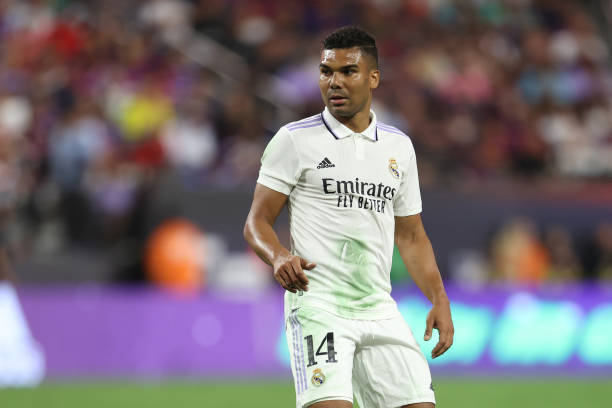
The holding midfielder is the primary link between defense and attack. Also known as a halfback. The defensive midfielder connects the defense to the players at the front.
This position is played by players with high stamina as they often have to cover wide areas on the pitch, tracking back to defend and also drive the ball forward through the center of the pitch.
The defensive midfielder has to consistently break up opposition attacks and help to create counterattacking opportunities for their team. The number traditionally assigned to this role is the number 4.
A defensive or holding midfielder who is able to orchestrate attacks from this role is known as a deep-lying playmaker or regista.
The Central Midfielder
Regarded by many as one of the most important roles in soccer. The central midfielder is tasked with creating scoring opportunities for the attackers.
This role has been played by some of the most iconic players in the history of the game.
They are often the pivot of the team and serve as a link between the entire team. Central midfielders who are able to cover every inch of the soccer pitch are known as box-to-box midfielders.
Good central midfielders are able to spot opportunities and make long and short-range passes very efficiently. They are known for taking long shots on goal and often have an impressive scoring record themselves. The central midfielders traditionally don the number 8 jersey.
You can read our list of the best midfielders in the world.
The Attacking midfielder
The attacking midfield role is primarily to provide assists for the forwards. The attacking midfielder often makes the final pass that leads to a goal.
They must be skilled in short passing and scoring as they often find themselves in goal-scoring opportunities.
The attacking midfielder has to be very skilled in dribbling past opposition and creating clear-cut goal-scoring opportunities.
The number 10 used to be the traditional number of the attacking midfielder.
An attacking midfielder that is able to dictate play and create goal-scoring opportunities is known as a playmaker.
Soccer Positions in Attack
The attackers are primarily tasked with scoring goals for their team. Attackers are the forward line and final frontier in the game of soccer.
The attacking positions are primarily divided into two roles.
The Center Forward
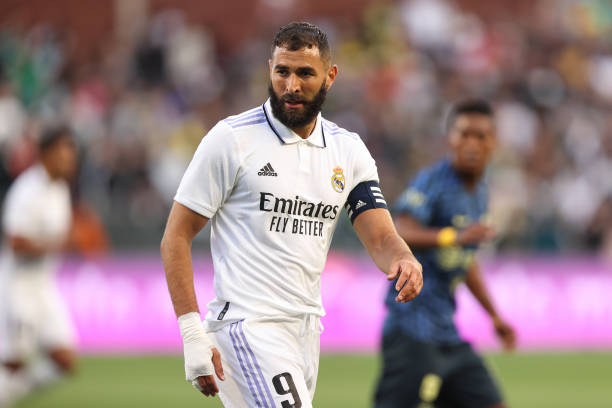
Center forwards are the chief goal scorers of their team and are at the top front of the team. Center forwards need to spot and utilize goal-scoring opportunities. They must be very efficient and be able to take precise shots on goal.
Their strategic placement often means they score more goals than players in any other position. These players have to be quick as they must be able to outrun the opposition’s defense.
The center forwards traditionally wear the number 9 shirt. Depending on the formation, the center forward is often the lone man in the attack.
You can read our list of the best strikers in the world now.
The Supporting Striker
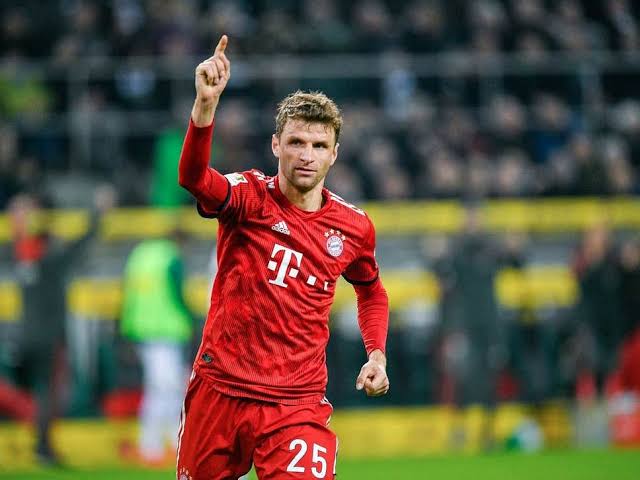
This is a player who plays as the additional attacker and is often tasked with scoring goals also.
Depending on their team’s formation, a supporting striker may be a bit behind the center forward or placed in the same region as the center forward.
In modern football, players may play many other positions temporarily or permanently. These positions continually evolve and may be subject to the coach’s discretion.
Wingers
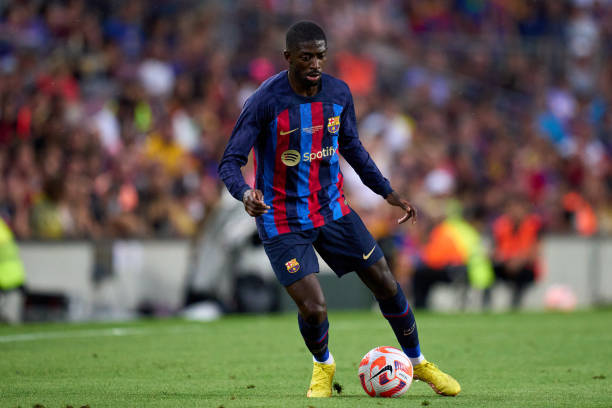
A winger in soccer is a player that plays on the flanks in the attack.
They are usually positioned on the left or right “wings” of the opposition area on the soccer field.
The primary role of a winger in soccer is to support the forwards by creating goal-scoring opportunities. They usually play close to the touchline and are tasked with putting crosses into the opposition box.
In soccer, wingers are typically pacy, good dribblers, and possess sublime skills.
In most of the best soccer formations, such as the 4-3-3 formation, there are two wingers placed in the right and left sides of the striker.
You can read our list of the best wingers in football.
Traditionally the right-winger wears the number 7, while the left-wingrr don the number 11.


